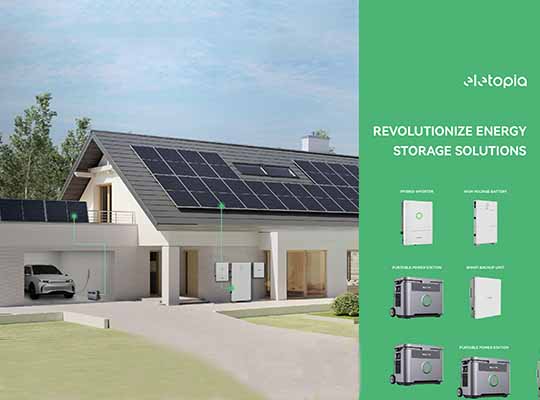Engineering researchers at the University of South Australia argue that by doubling the existing solar power system on the Mawson Lakes campus, free charging could be available to more than 200 EVs.
Currently, the campus has rooftop solar panels on 18 buildings. These are supplemented by ground-mounted solar panels. Doubling this system could ensure that 25% of the available parking spaces on campus are free.
By introducing a nominal charging fee, the campus could support 100% EV penetration in the future. This would save more than 20% in energy costs.
The study, ‘Techno-economic modelling for energy cost minimisation of a university campus to support electric vehicle charging with photovoltaic capacity optimisation,’ is published in the journal Renewable Energy.
Efficient ways to support EV charging
The team from the University of South Australia examined different models to determine the most efficient way to support EV charging whilst also decreasing energy costs on campus.
Yan Wu, a University of South Australia PhD researcher, said: “At 25% EV penetration, the UniSA Mawson Lakes campus could reduce its annual electricity costs by more than 9% by upgrading its existing solar PV system to optimum capacity, supporting free EV charging during the day. This would also help lower peak power demand by at least 12%.
“By optimising the PV system, more energy would be exported to the grid, which does not attract any revenue. However, providing EV charging services at a nominal fee using the excess PV generation is a sensible solution.
“By doing so, the campus can potentially support 800 EV cars, the maximum number of parking spaces at Mawson Lakes, while incurring almost the same annual energy costs as that for 25% penetration with free charging.”
Using data from the Victorian Integrated Survey of Travel and Activity, the team obtained average daily travel distances and campus arrival and departure times. Based on this data, the modelling was further validated with actual parking data from Monash University’s Clayton campus.
Grid demand increases in the evening
South Australia has a high rate of solar PV penetration, driving high solar generation throughout the day. This causes a decrease in grid power demand around midday and a dramatic increase during the evening when solar power falls.
The team argue that this causes significant operational challenges.
University of South Australia Professor Mahfuz Aziz said: “Excess power generated by rooftop solar and exported to the grid creates major grid issues as dispatchable power must be ramped up suddenly to replace dwindling solar power later in the day, causing a so-called duck curve.
“Workplace charging of EVs helps address this challenge by using excess renewable generation during the day. Prioritising daytime workplace charging reduces pressure on the grid during the evening peak hours by decreasing the demand for home charging of EVs.”
Solar power can be used efficiently with EV charging infrastructure
The team argue that Australia would use solar more efficiently if comparable EV charging infrastructure was established in private and public facilities.
“This initiative not only helps in achieving a more balanced grid demand profile but also promotes a greener environment,” concluded the University of South Australia’s Dr Haque.













